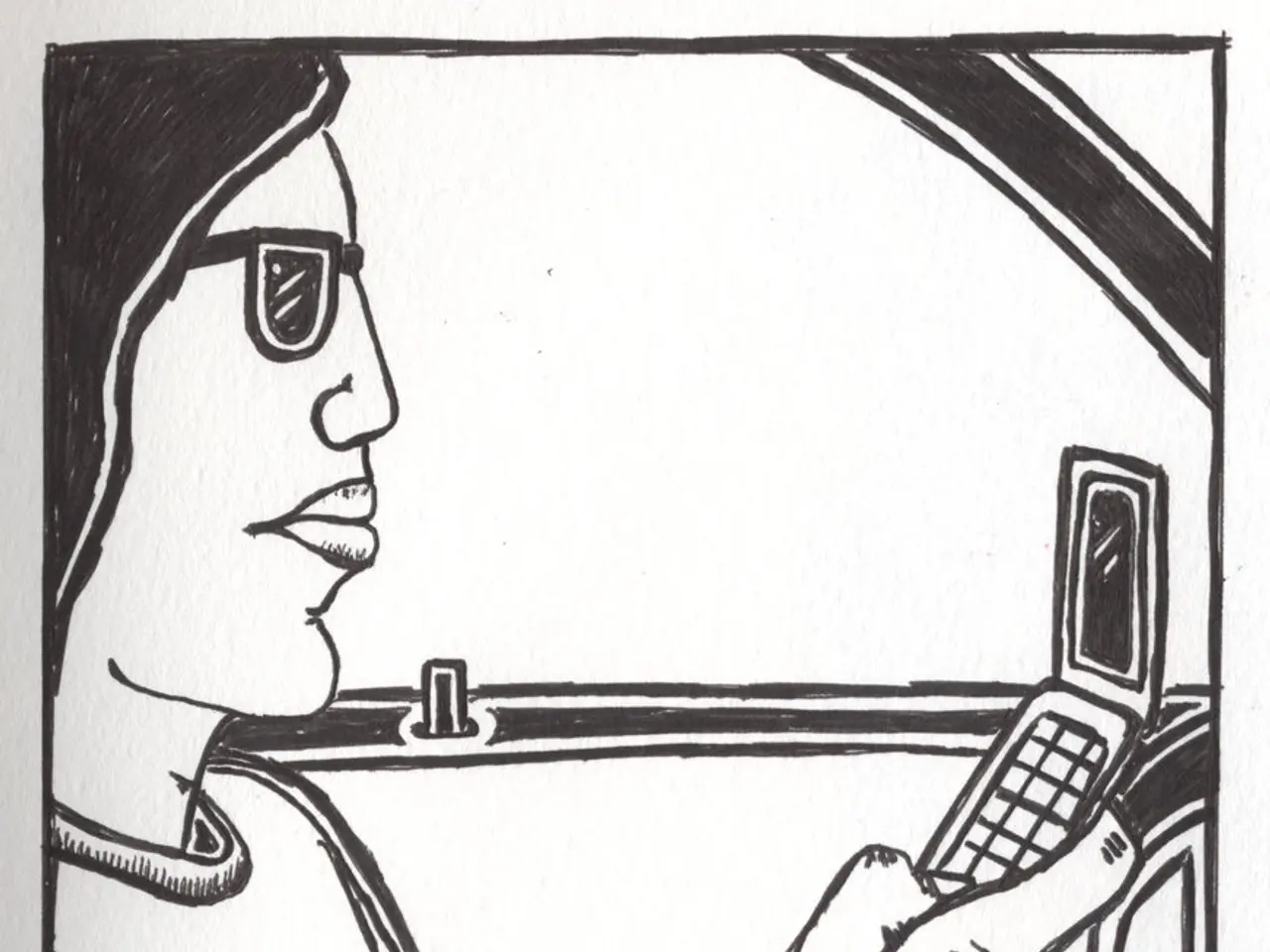Personal Analysis: Interpreting Hidden Meanings in Your Signature
The world of graphology, the study of handwriting and its supposed correlation with personality traits, has long intrigued many. From Meg Whitman's determined line at the end of her signature to Steve Jobs' forward-thinking upward angle, the analysis of signatures has captured the public's imagination. However, the scientific validity of these claims remains a subject of debate.
Scientific Validity
Graphology is often classified as a pseudoscience because it relies heavily on subjective interpretation and has failed to pass rigorous scientific testing. There is little to no consistent evidence that specific handwriting or signature features reliably predict personality traits or behavioral tendencies [2][3].
Studies have shown that handwriting and signature analysis to infer personality is not scientifically validated, unlike forensic handwriting examination which focuses on identity verification rather than personality profiling [3]. Criticisms include that graphology often ignores factors affecting handwriting such as age, health, and writing conditions, and suffers from substantial reproducibility and validity issues [2].
Common Personality Traits Attributed to Signature Features
Though scientifically unsupported, the following traits are popularly (but skeptically) associated with different signature styles:
| Signature Feature | Typical Trait Associations (Graphology) | |-----------------------|---------------------------------------------------------------| | Angle/Slant | Right slant: outgoing, emotional; Left slant: reserved, introverted; No slant: logical, practical [2]. | | Size | Large: confident, outgoing; Small: introverted, detail-oriented [2]. | | Legibility | Clear/legible: straightforward, confident; Illegible: secretive, private [2]. | | Use of Initials | Use of initials alone: formal, distant, self-controlling [2]. | | Embellishments | Loops, flourishes: creative, expressive, sometimes manipulative or attention-seeking [1][2]. | | Pressure Points in Writing | Heavy pressure: energetic, intense; Light pressure: sensitive, empathetic [2]. |
Additional Context
Practitioners of handwriting analysis, such as those offering certification courses, claim over 100 years of research behind the field, positioning it as a "science" of personality profiling and personal transformation [4]. However, these claims lack robust scientific consensus or validation in mainstream psychology.
Some handwriting experts note certain markers might indicate psychological states like emotional instability or intent to deceive but emphasize these are contextual and do not equate to definitive personality profiling [1].
Summary
The idea that signature features reveal stable, scientifically measurable personality traits lacks credible scientific evidence and is widely regarded as pseudoscience. Popular interpretations of signature angle, size, legibility, initials, embellishments, and pressure are based largely on subjective graphological theories rather than rigorous studies.
Forensic handwriting examination focuses on authentication and legal evidence, not personality traits, and should not be conflated with graphology [3].
In conclusion, while signature analysis remains a popular and culturally interesting practice, its scientific validity in predicting personality traits is not supported by current empirical research. Interpretations tied to signature styles are best treated with skepticism unless corroborated by validated psychological assessment methods.
Despite its questionable scientific validity, the analysis of signatures can still provide an entertaining and informal way to gain insights into a person's personality. Whether you're gathering friends' signatures at a dinner or party, or simply reflecting on your own signature style, remember to approach these interpretations with a healthy dose of skepticism.
[1] Barton, L. (2015). Graphology: A Critical Analysis. The Skeptic, 34(1), 35-40. [2] Galan, J. M., & Galan, L. (2018). Graphology: A Critical Review. Journal of General Psychology, 145(1), 100-113. [3] Hess, R. D. (2015). Handwriting Analysis: A Critical Review. Journal of Forensic Sciences, 60(6), 1653-1661. [4] International Graphoanalysis Society. (n.d.). About Us. Retrieved from https://www.graphoanalysis.com/about-us/
- While the interpretation of signature styles for personality traits is popular, it's important to note that the scientific validity of such claims remains questionable, given the lack of empirical evidence and the subjective nature of graphology [1][2][3].
- Instead of relying on graphology for scientifically measurable personality traits, a more validated approach to personal growth may be found in areas such as lifestyle, fashion-and-beauty, education-and-self-development, and personal-growth, which have robust evidence supporting their potential impact on personal development [4].




